The collection of urine to be submitted to the laboratory for the analysis of the sample must be carried out in full compliance with very precise rules, useful for reducing the risk that external factors reduce the reliability of the test and falsify the results. Trivially, by manipulating the container with dirty hands, therefore rich in germs, it is possible, for example, to distort the results of urine culture, an examination carried out to determine the bacterial load of the urine. Furthermore, microbes are also generally present in the genital tract and in the surrounding areas Therefore, if we want to help the doctor in formulating a correct diagnosis, we must learn how to collect urine correctly.
The practical rules to follow for a correct urine collection vary according to the type of examination conducted on the biological sample; in general, the instructions are provided by the doctor or by the laboratory of analysis, together with the appropriate sterile containers for the collection of the sample.
with soap and water, and dry them with a cloth.
2) Thoroughly wash the genital organs with soap and water (for males after having retracted the foreskin on the glans penis, for females after slightly widening the labia majora) and dry.
so:
discard the first stream of urine in the W.C. and collect the second stream of urine in the special sterile container - provided by the Laboratory or purchased at the pharmacy - without interrupting the urination,
These precautions are imposed by the contact of the urinary meatus (orifice from which the urine comes out) with the outside world, which makes it an easy object of pollution by bacteria, impurities and residues of organic and inorganic material. In addition to the direct cleaning of the genitals, it is suggested to discard the first jet of urine to take advantage of the washing effect of the same, useful for cleaning the last tract of the urinary tract (urethra).
For urine collection it is preferable to use the special disposable wide-mouth containers provided by the Laboratory, to be opened only at the time of collection avoiding touching the internal walls. Once opened, place the lid of the container in a hygienic place, with the inside facing upwards. Make sure that the inside of the lid is not touched or contaminated in any way. Plug the container immediately after collecting the urine. Any transfer operations must also be carried out in conditions of maximum hygiene, possibly using a sterile syringe.
Generally, unless otherwise specified, it is recommended to collect the urine of the first morning urination in conditions of antidiuresis (ie after several hours from the last introduction of liquids); in the event that you have urinated during the night, the urine collected at they must have remained in the bladder for a minimum of four hours in the morning, while the collection of the biological sample during menstruation should be avoided, so women are generally advised to wait at least three days after the end of the menstrual flow.

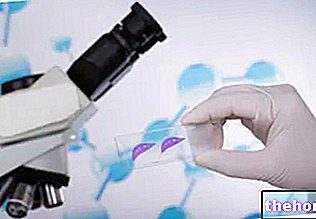

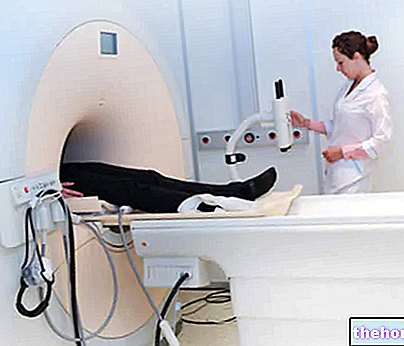
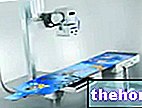
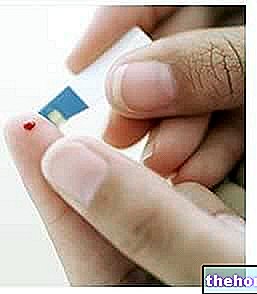
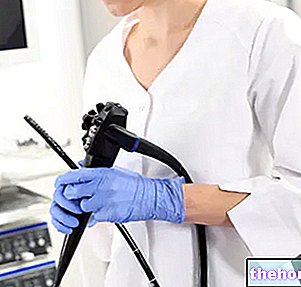
















-nelle-carni-di-maiale.jpg)




